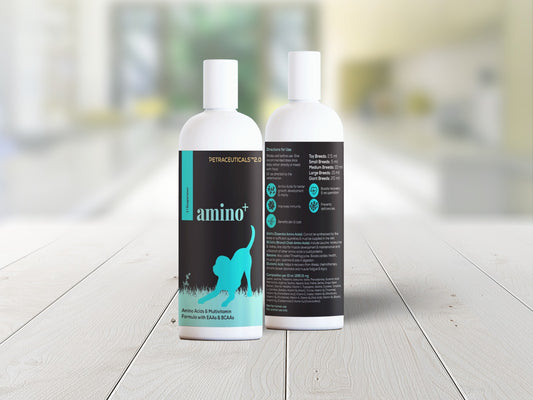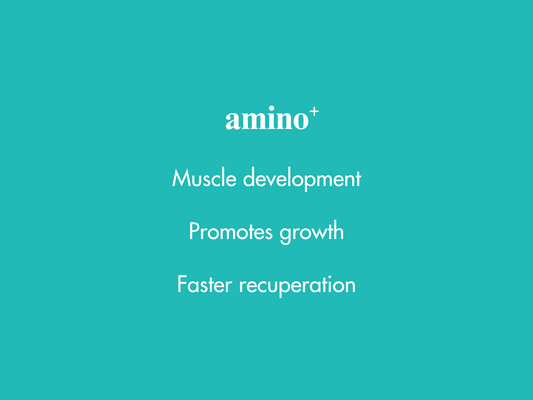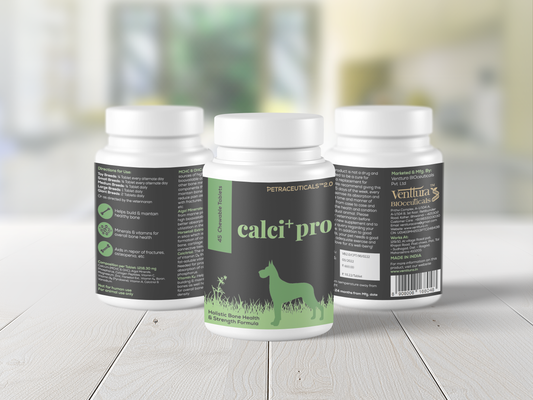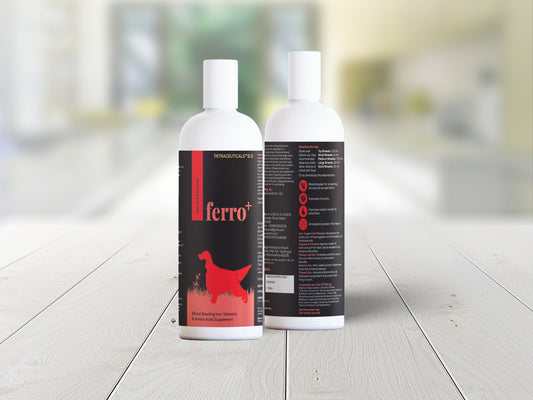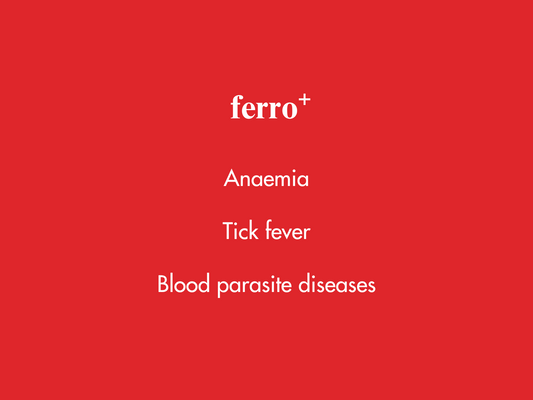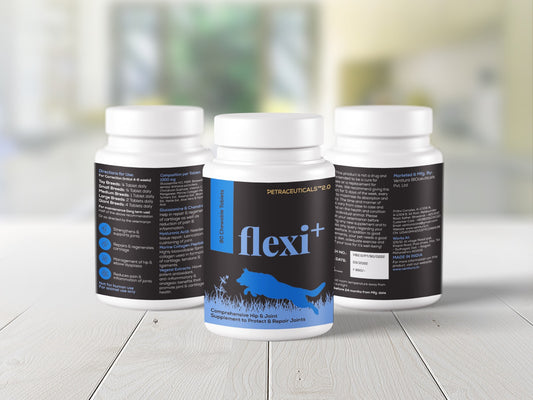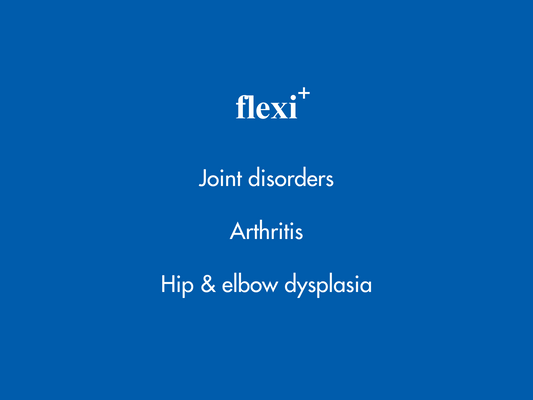Differences between cats and dogs: Cats and Dogs are two of the most popular pets worldwide, yet they are fundamentally different in many aspects, from their physiology and behaviour to their care requirements and social interactions. Understanding these differences is crucial for pet parents and enthusiasts to provide the best care, appreciate the unique qualities of each and ensure the well-being of their feline or canine companions. This article delves into the various distinctions between cats and dogs.
Physiological Differences
-
Size and Structure
- Cats are generally smaller and more agile than dogs. They have flexible spines and powerful hind legs that allow them to jump great heights. The breed sizes of cats is fairly uniform. Their form is consistent for hunting small prey.
-
Dogs come in a wide range of sizes, from the tiny Chihuahua to the massive Great Dane. Their bodies are built for endurance and speed and perform specific tasks like herding, guarding or hunting. They generally have a stronger and more robust build compared to cats.

- Sensory Abilities
- Cats have exceptional night vision, owing to a large number of rod cells in their retinas and a reflective layer called the tapetum lucidum. They have a strong sense of smell, though not as developed as a dog’s. Their hearing is more refined than a dog’s. Cats can pick up sounds a greater range of frequencies, which aid in their nocturnal hunting.
-
Dogs have a more superior sense of smell with up to 300 million olfactory receptors compared to 50 million of a cat’s. This makes dogs excellent at tracking scents. Their vision is adapted for detecting motion and they have a wider field of vision of 240° compared to 200° of a cat’s


- Claws and Paws
- Cats have retractable claws that stay sharp for hunting and climbing. Cats are more dexterous with their paws, using them to manipulate objects skilfully.
- Dogs have non retractable claws adapted for running and digging.
Behavioural Differences
-
Social Structure
- Cats are generally more solitary animals. In the wild, apart from lions, they are often solitary hunters and do not have a complex social hierarchy. Domestic cats can form social bonds with other cats as well as other pet species and humans but tend to maintain a degree of independence.
-
Dogs are inherently pack animals, having evolved from wolves that hunt in packs and maintain a strict social hierarchy. They are highly social and thrive on interactions with other dogs and humans. This pack mentality influences their behaviour, making them naturally inclined to form strong bonds with their human families, be more cooperative and willing to follow commands.


-
Communication
- Cats primarily communicate through body language (tail flicks, ear rotations, arching backs), vocalizations (meowing, purring, hissing), and scent marking. Purring is often associated with contentment but can also indicate stress or discomfort. Their meows are often reserved for human interaction rather than communication with other cats.
- Dogs use a wider range of vocalizations (barking, growling, whining and howling). They also rely heavily on body language (tail wagging, ear position and facial expressions) to communicate. They use these cues to express emotions and intentions within their social group. Dogs are more expressive and overt in their communication compared to cats.
-
Territoriality
- Cats are highly territorial and establish their domain through scent marking using urine as well as glands on their face and paws. They may become stressed if their territory is threatened or disrupted.
- Dogs, while also territorial, are usually more accepting of new environments and changes within their living space, provided they feel secure within their social group.
- Training and Obedience
- Cats are less responsive to training than dogs. They can be trained to use a litter box and perform simple trucks, but they lack the same motivation to please their parents as dogs do. Training a cat requires an approach that aligns with their independent and curious nature and involves using their natural behaviours and providing rewards that pique their interest.
-
Dogs are highly trainable and responsive to commands due to their social nature and desire to please their human companions. Dogs can learn a wide range of commands and perform complex tasks, making them suitable as service and therapy animals

- Problem Solving Skills
- Cats are more adept at solitary problem-solving, using their curiosity and dexterity to explore their environment.
- Dogs excel in tasks that involve following cues from their human partners and working as part of a team.
Diet and Nutrition
- Nutritional Requirements
- Cats are obligate carnivores, requiring a diet consisting primarily of meat or animal origin. They require specific nutrients found only in animal tissues, such as taurine, arachidonic acid, and vitamin A since they lack the ability to synthesize these.
-
Dogs are omnivores and have more varied dietary needs. While they thrive on a meat based diet, they can also digest a wider range of foods, and obtain nutrients from, fruits and vegetables.


- Feeding Habits
- Cats prefer to eat small, frequent meals throughout the day. They are natural hunters and tend to be more finicky about their food. They are also more particular about the freshness and texture of their food and seem to prefer umami flavours. Cats lack the ability to taste sweet.
- Dogs are typically more flexible and can adapt to scheduled feeding times. They usually larger, less frequent meals and are generally less picky about their food. They tend to eat quickly and may overeat if given the opportunity, which can lead to obesity.
Health and Lifespan
- Common Health Issues
- Cats are prone to conditions such as urinary tract infections, kidney disease, hyperthyroidism, inflammatory bowel disease, food allergies, asthma, diabetes, immune deficiency and feline leukemia.
- Dogs face health challenges like hip dysplasia, arthritis, skin issues, heart conditions, pancreatitis and lymphoma. The prevalence of specific health issues can vary significantly depending on the breed.
- Parasite Control
- Cats, particularly those that roam outside, are at risk of fleas and various worms.
- Dogs, especially those who spend time outdoors, are prone to ticks and heartworms.
- Lifespan
- Cats generally live longer than dogs, with an average lifespan of 12 - 15 years, and some cats can live longer. Factors including genetics, diet, care and indoor versus outdoor living can impact their longevity.
- Dogs have a more variable lifespan depending on their breed and size. Smaller dogs tend to live longer (12 - 16 years) compared to larger breeds which often have a shorter lifespan (8 – 12 years).
Lifestyle and Environment
- Living Space
Dogs need more space and benefit from outdoor access for exercise and exploration. They require regular walks and a safe, secure environment to run and play. Providing mental stimulation and physical exercise is crucial for their well-being.


- Grooming
Dogs do not self-groom as much as cats and vary widely in their grooming needs. Short-haired breeds may require minimal grooming, while long-haired or double-coated breeds need regular brushing to prevent tangles and matting.


- Playing
Dogs enjoy a game of fetch, tug- of- war, hide and seek or going on walks or runs with their human partners. Dogs like chewing on bones, rope toys and chews. Dogs are more active and playful during the day, taking occasional naps through the day.


-
Attachment and Independence
Dogs typically require more attention and companionship, thriving on interaction with their pet parents and other dogs. They form deep attachments to their human families, often displaying loyalty and a strong desire for companionship. Separation anxiety is a common issue among dogs if left alone for extended periods.


- Stress and Adaptation
Dogs can also experience stress, but they typically adapt more readily to changes as long as they feel secure in their social group.
Conclusion
Cats and dogs are distinctly different species with unique needs and characteristics. Whether you are a cat person, a dog person, or both, appreciating these differences enhances your ability to cater to their individual needs, ensuring they lead happy, healthy lives



 Proud to have impacted over 1 Million Happy Pet Parents since 2013.
Proud to have impacted over 1 Million Happy Pet Parents since 2013. 

